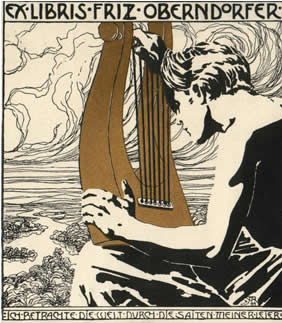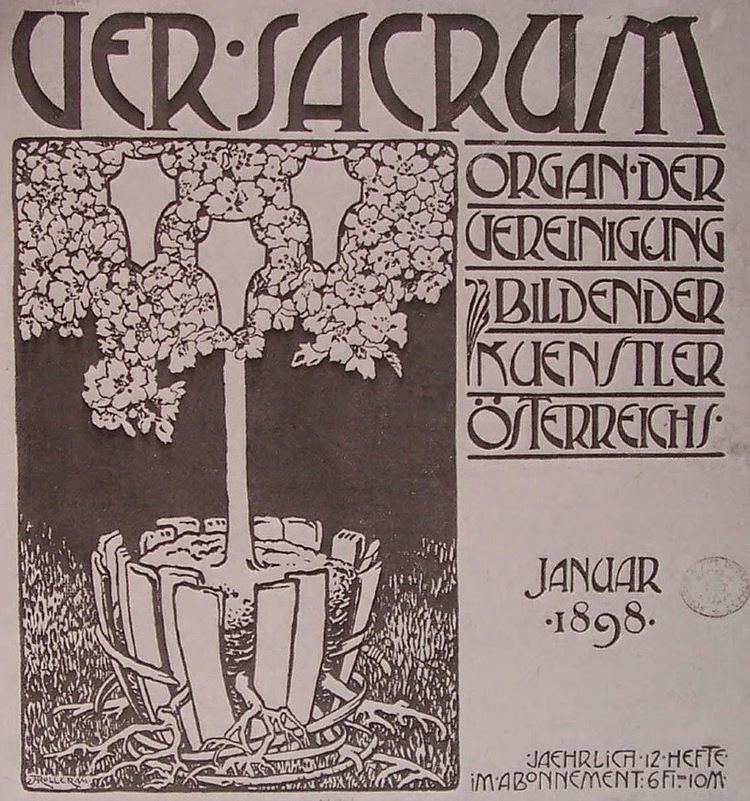


Dresden Secession An Otto Dix etching and aquatint Stormtroopers Advance Under a Gas Attack (Sturmtruppe geht vor unter Gas) that illustrated The War by Karl Nierendorf, 1924. In 1902, Roller created a poster to advertise the 16th exhibit of Austrian Artists and Sculptures Association, representing the Vienna Secession movement. Alfred Roller Secession XIV Beethoven Exhibition Poster, The Vienna Secession Art Prints, Vintage Geometry Decorative Painting. A history of the Vienna Secession online exclusive Tate Etc. Roller Poster is named after Alfred Roller. The spirit of the Mahler-Roller production of "Tristan und Isolde" can also be detected in Wieland Wagner's bold postwar productions at Bayreuth. Vienna Secession Alfred Rollers lithograph for the 14th International Art Exhibition in Vienna, created in 1902. A history of the Vienna Secession online exclusive Tate Etc. Their partnership also anticipated the spirit of cooperation and mutual encouragement that characterized the work of influential troupes such as the Ballets Russes and Ballets Suedois, both of which represented the "modern" in the twenty years after Mahler's death. This study demonstrates the degree to which Mahler participated in a long tradition of addressing the proper sphere of the arts in the theatrical spectacle through his work with Roller in Vienna. More work remains to be done in examining the deeper cultural significance of the Mahler-Roller "Tristan" and differing contemporary views on the proper balance of aural and visual stimuli in the Gesamtkunstwerk. Previous studies of this production explored the technical achievements of Mahler and Roller and surveyed the critical response in Vienna. The dissertation situates this collaborative project within fin-de-siecle debates about the nature of the Wagnerian Gesamtkunstwerk, which today is generally misinterpreted as a multimedia spectacle in which all production elements are conceived organically. Roller helped to move the Court Opera away from overly naturalistic and museum-like stage sets and costumes towards greater stylization and abstraction. The 1903 Vienna Court Opera production of Richard Wagner's "Tristan und Isolde" was a landmark in opera history because of Mahler's masterful conducting and Secession artist Alfred Roller's vibrant costumes, sets, and lighting design. His conducting and directorial activity, however, deserves greater attention. From January 9th to April 30th, 2023, Egon Schieles 'Self-Portrait with Chinese Lantern Plant' and other works from the Leopold Museum will not be on display in Vienna due to an extensive Schiele exhibition at the Tokyo Metropolitan Art Museum. Gustav Mahler's music has been extensively studied and discussed in both scholarly and popular circles, especially since the middle of the past century. Alfred Roller Poster for the 14th Exhibition at the Vienna Secession 1902.


 0 kommentar(er)
0 kommentar(er)
